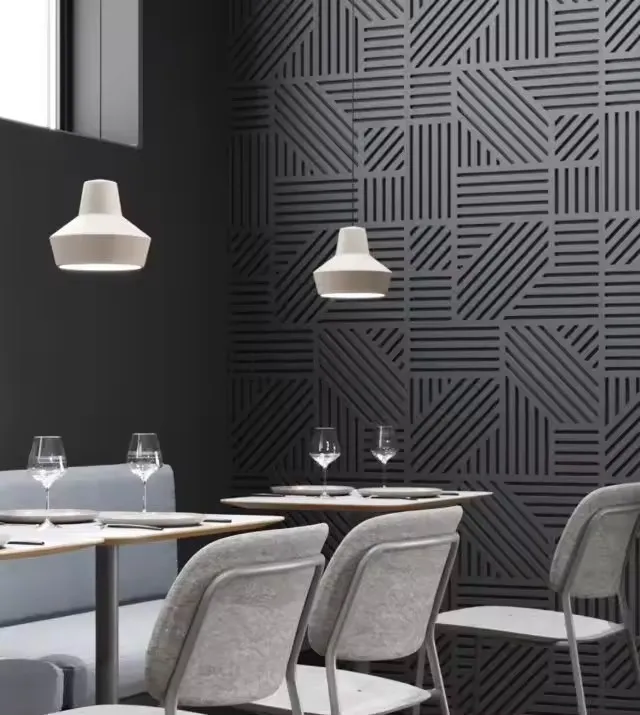Building Sound Panels A Guide to Acoustic Treatment
In today's world, with the ever-increasing noise pollution and the growing need for sound control in various environments, the importance of sound panels cannot be overstated. Whether you're a musician setting up a home studio, a filmmaker working on audio quality, or someone looking to improve the acoustics in your living space, building sound panels can be a practical and rewarding project. This article will guide you through the basics of constructing effective sound panels that can enhance your audio experience.
Understanding Sound Panels
Sound panels, often referred to as acoustic panels, are designed to absorb sound waves to reduce echo and improve the overall clarity of sound in a space. They can be made from various materials, but the most effective sound panels typically use porous, fibrous materials that can trap sound energy. The effectiveness of a sound panel is influenced by its size, thickness, and material composition.
Materials Needed
To build your own sound panels, you will need the following materials
1. Frame Material You can use plywood, medium-density fiberboard (MDF), or wooden boards for the frame. Wood is often preferred for its durability and aesthetic appeal. 2. Acoustic Insulation Fiberglass insulation or rock wool are common choices. They are excellent at absorbing sound and can be easily cut to fit your frames.
3. Fabric Choose a breathable fabric to cover the panels. Acoustically transparent fabrics allow sound to pass through while maintaining a pleasing appearance. Some common options include burlap, cotton, or specialized acoustic fabric.
4. Tools You'll need basic tools such as a saw, screwdriver, staple gun, measuring tape, and a level.
Steps to Build Sound Panels
Step 1 Measure and Cut the Frames
Start by deciding the size of your sound panels. Common dimensions are 2 feet by 4 feet, but you can customize them to fit your space. Measure the wood and cut it accordingly to create a rectangular frame.
Step 2 Assemble the Frames
Use screws or nails to assemble the cut pieces into a frame. Ensure the corners are square and the frame is sturdy enough to hold the insulation material.
building sound panels

Step 3 Add Acoustic Insulation
Cut your insulation material to fit snugly within the frame. Place it inside the frame, ensuring it fills up the entire space without any gaps. This step is crucial as the insulation is what absorbs sound.
Step 4 Cover with Fabric
Lay your fabric on a flat surface, then place the frame with insulation face down on it. Pull the fabric over the frame tightly and staple it to the back side, making sure there are no wrinkles or gaps. Trim any excess fabric.
Step 5 Mounting the Panels
Decide where you want to place the panels. Common options include mounting them on walls or suspending them from the ceiling. Use a level to ensure they are placed correctly, and mark their position before installing hooks or brackets.
Enhancing Aesthetics
While sound absorption is the primary purpose of these panels, aesthetics play an important role as well. You can paint or choose fabric patterns that complement your existing decor. This way, the sound panels serve their functional purpose while also enhancing the look of your space.
Placement Tips
The effectiveness of sound panels greatly depends on their placement. Here are a few tips
- Corners Place panels in corners to control low-frequency sounds, which often accumulate in these areas. - Reflection Points Identify where sound reflects off surfaces, such as walls and ceilings, and place panels there. - Height Position panels at ear level for optimal sound absorption when sitting or standing.
Conclusion
Building your own sound panels can significantly improve the acoustics of your environment. With the right materials, simple tools, and a bit of time, you can create effective sound barriers that are customized to your needs. Not only will you enjoy a more pleasant auditory experience, but you'll also gain a sense of satisfaction from having created something functional and beautiful. Whether for a studio, home theater, or any living space, sound panels can make a world of difference in how you perceive sound. So gather your materials and start building—your ears will thank you!
